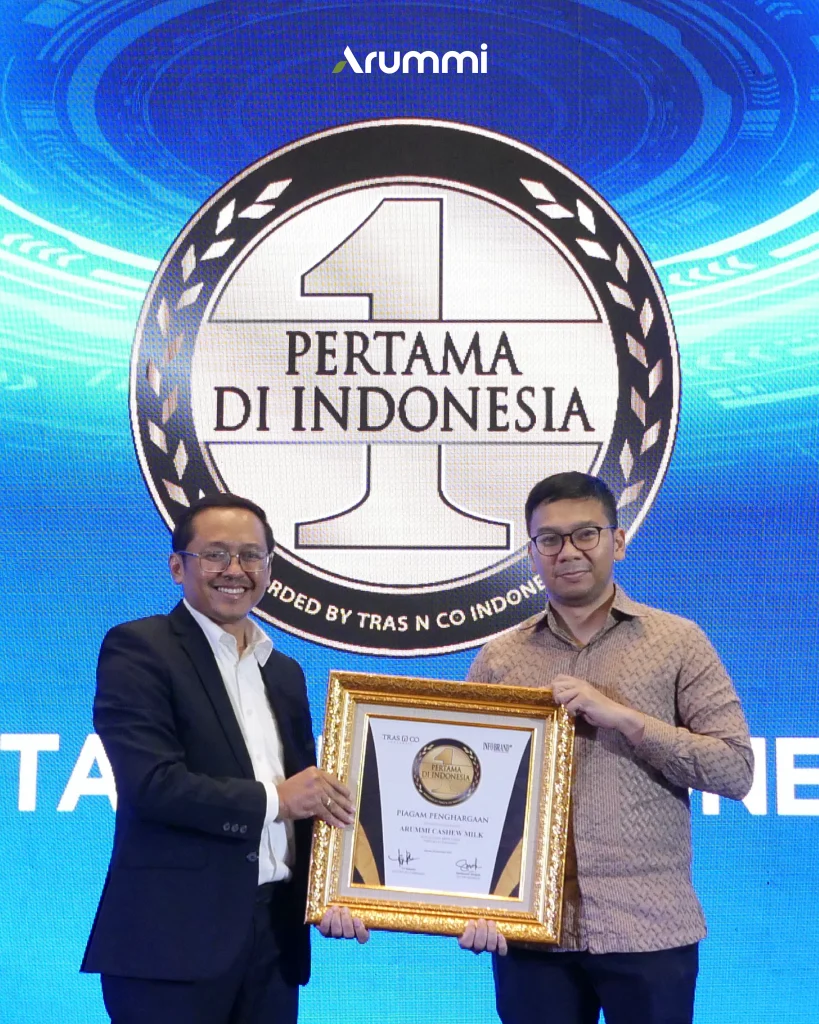Simple sugars are often identified as glucose or granulated sugar. However, the term “sugar” is not limited to the sweet crystals on the table but refers to several carbohydrate compounds.
You might be curious because sugar is usually associated with sugary foods like syrup and candy. Meanwhile, carbs can come from various foods such as rice, pasta, potatoes, and noodles. Guess what? All these carb-loaded foods have sugar in them.
This article is about simple sugars – their different types, where they come from, how much is okay to eat, and what could happen if you overeat. Plus, we have practical tips to help you control how much sugar you eat daily and keep things balanced for a healthier lifestyle.
Understanding Simple Carbs or Simple Sugar
Carbs come in different types. We call them “simple carbs” because they have a basic structure. This makes them easy for your body to use for energy.
Don’t think all sugars are the same because they’re not! But all glucose is a kind of sugar. So, it’s good for you to know the difference.
Types of Simple Sugars
Simple sugars split into two main groups: monosaccharides and disaccharides. Let’s check them out!
1. Monosaccharides
These are the simplest sugars with basic structures. There are three types:
a. Glucose
This sugar gives your body quick energy and it can come from rice, pasta, sweet potatoes, and bread.
b. Fructose
It’s the sweetest sugar and is found in fruits and honey.
c. Galactose
It is not as sweet. Usually found in milk, including breast milk.
Disaccharides
These types of sugars come from combining two monosaccharides. There are three types:
a. Maltose
Maltose comes from combining two glucose units and is found in malt products.
b. Sucrose
This is your regular granulated sugar, made from glucose and fructose.
c. Lactose
Lactose is found in milk and dairy products. It is made by combining glucose and galactose.
Daily Limit on Sugar Intake
The Minister of Health Regulation No. 30 of 2013 established that the limit of sugar consumption is 10% of the total daily requirement. In simple terms, you should not consume more than 50 grams or four tablespoons of sugar per day. This doesn’t only apply to added sugars, but also to natural sugars, which you can find in various foods.
Dangers of Too Much Sugar
Putting limits on sugar is about keeping healthy. Too much simple sugar can lead to problems, such as obesity, type 2 diabetes, and heart disease.
Tips for Managing Daily Sugar Intake
Cutting down on sugar might be challenging, but here are some easy things you can do:
- Eat less sugary snacks and go for natural options like fresh fruit.
- Limit your intake of beverages with added sugars, such as sodas and packaged fruit juices.
- Read food labels from every food you purchase to know how much sugar is in each serving.
- Keep a healthy lifestyle by eating right, moving around, getting enough rest, and managing stress.
Consume Low-Sugar Products!
If you want to enjoy the taste of foods without worrying about excess sugar, low-sugar milk is a product to try!
Arummi’s Recommendation: Arummi Cashew Milk is Low on Sugar!
Choose a milk option that gives you the pleasure of milk without overloading your daily sugar intake. Arummi’s Cashew Milk is one of the best option! Let’s get it at your nearest supermarket!









































